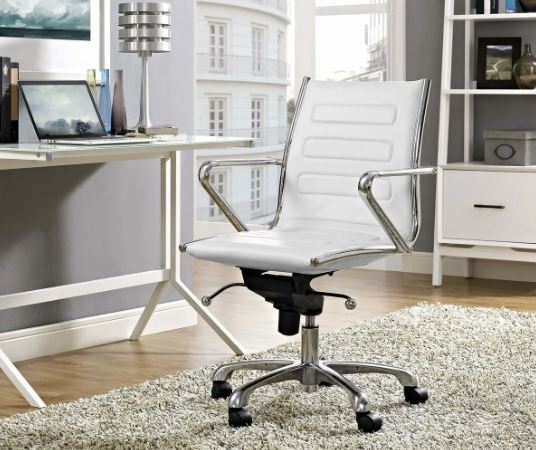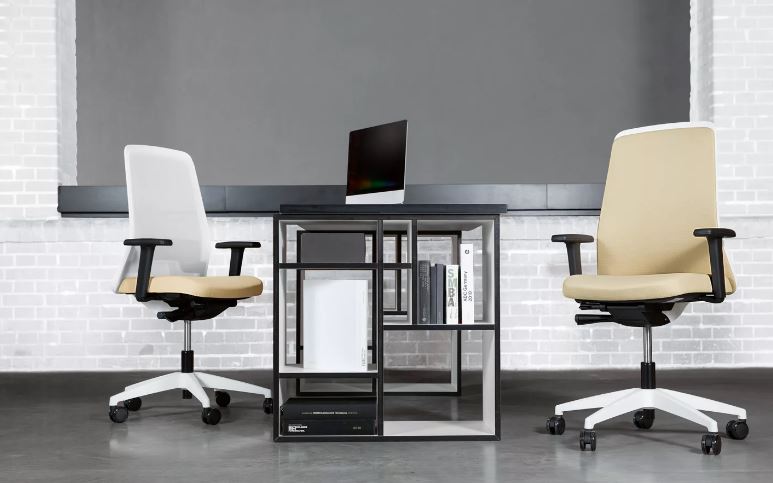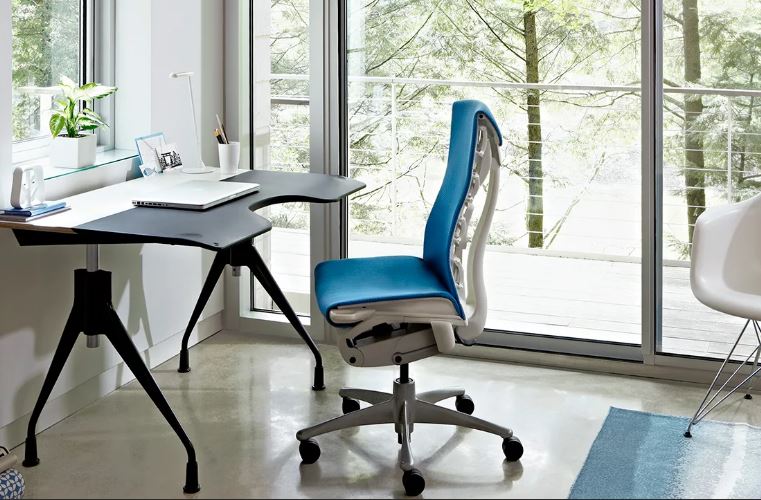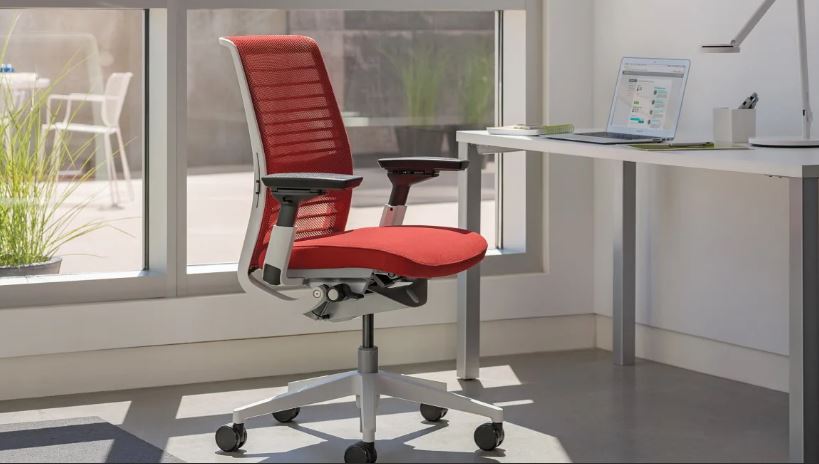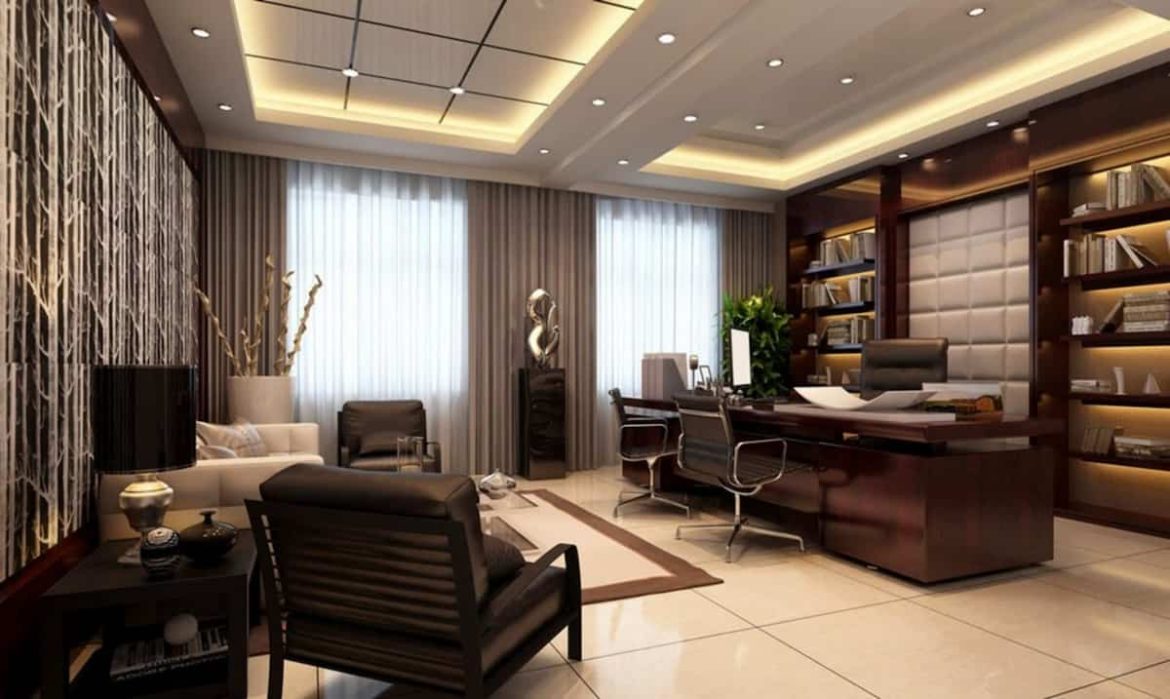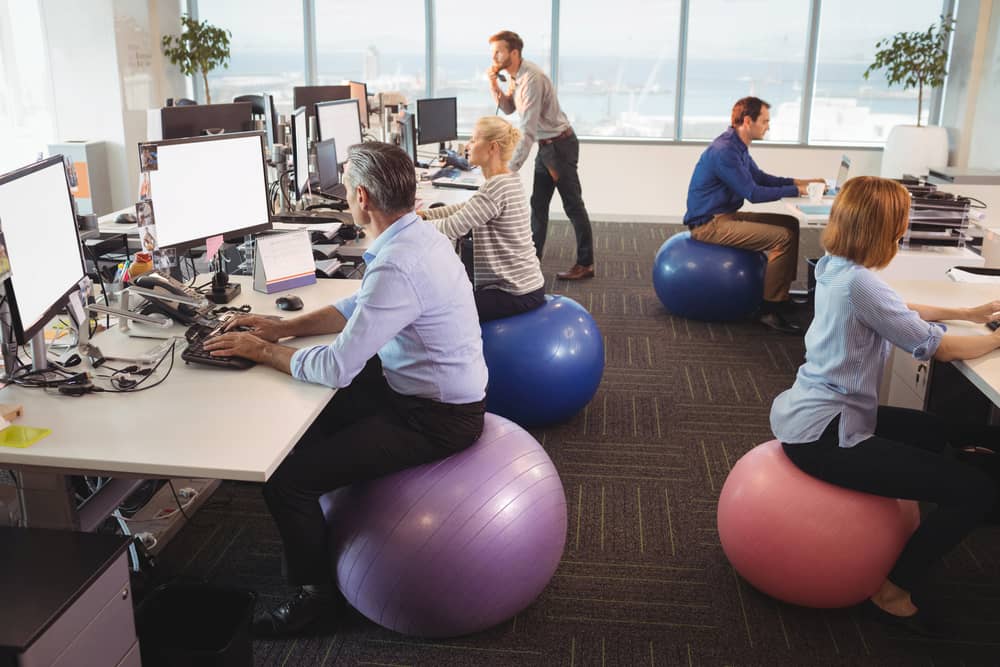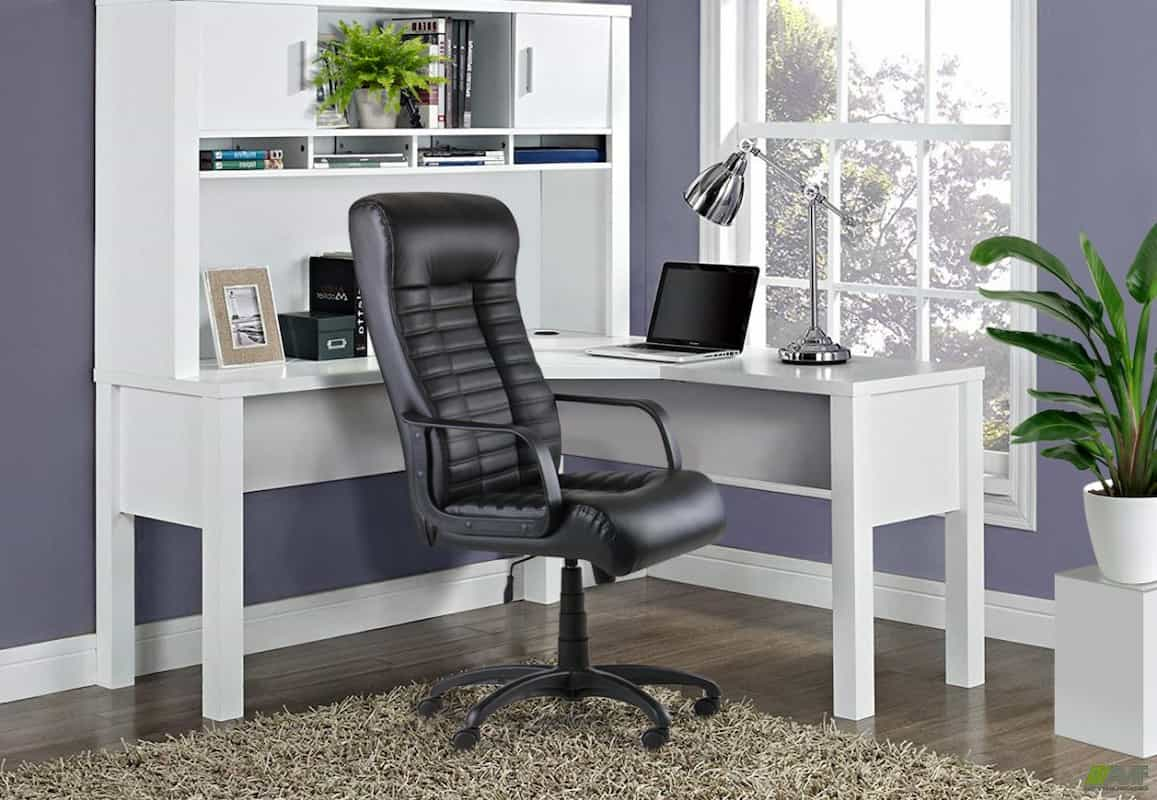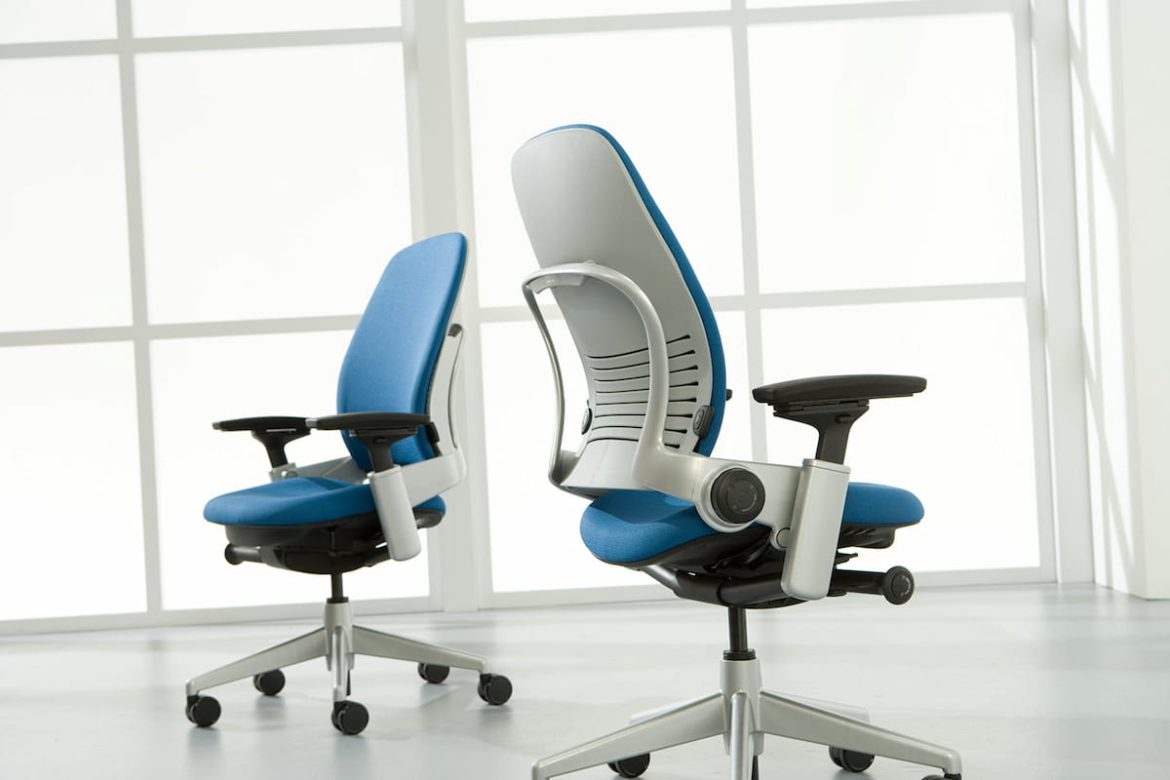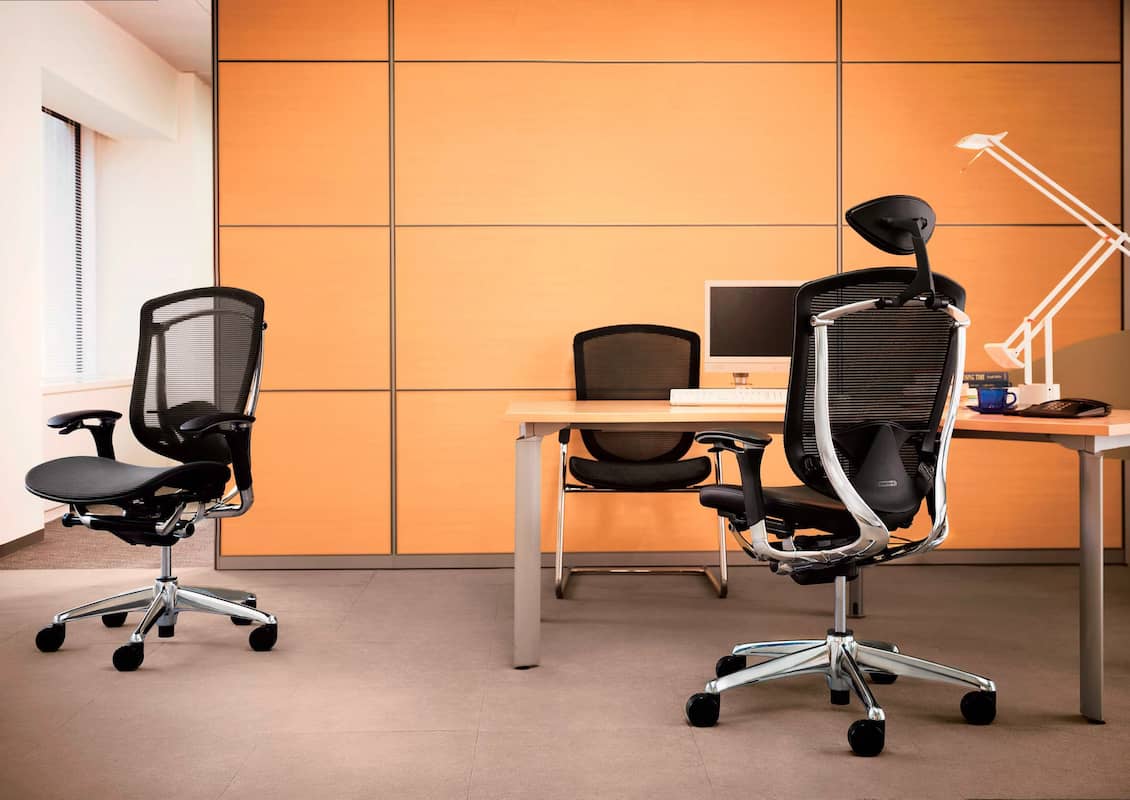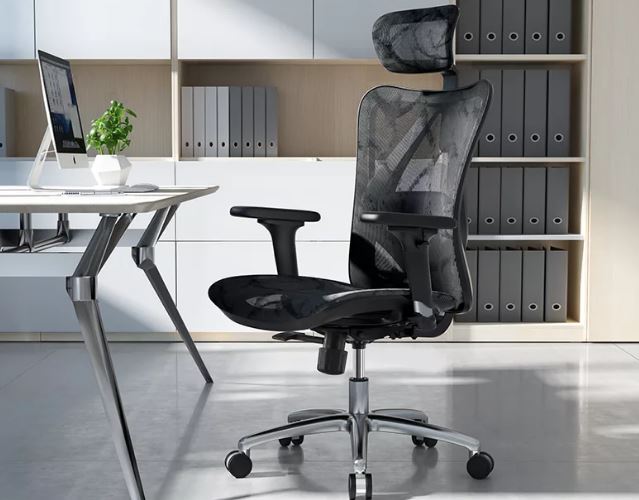infinity is a website that offers different types of school furniture of different qualities and materials. When you choose ergonomic furniture for schools it is a complete solution for modern educational places.
INFINITI’s operations are ISO 9001 certified, and the company has more than 18 years of experience in the field of offering high-quality solutions for office and school furniture. INFINITI’s headquarters are located in Goa.
We were the first company in the country to start manufacturing school furniture, and we continue to lead the industry by providing ergonomic, long-lasting furniture of the highest quality that is also meant to stimulate, engage, and infuse learning with joy.
To stay up with the latest developments in technology and techniques of production, our extensive and fascinating product line is continually expanding and being improved upon.
Modern furniture is an essential item for schools. Younger students, in particular, have an even greater need for a safe, healthy, and aesthetically pleasing learning environment.
It has been shown, for instance, that poor chair ergonomics can have a significant impact on one’s ability to focus and learn new skills, such as calligraphy.
Concurrently, the value of non-traditional approaches to education is being weighed against that of more conventional approaches. We’ve delved deeper into the aesthetics of Montessori classrooms and the vibe of Waldorf buildings in other articles.
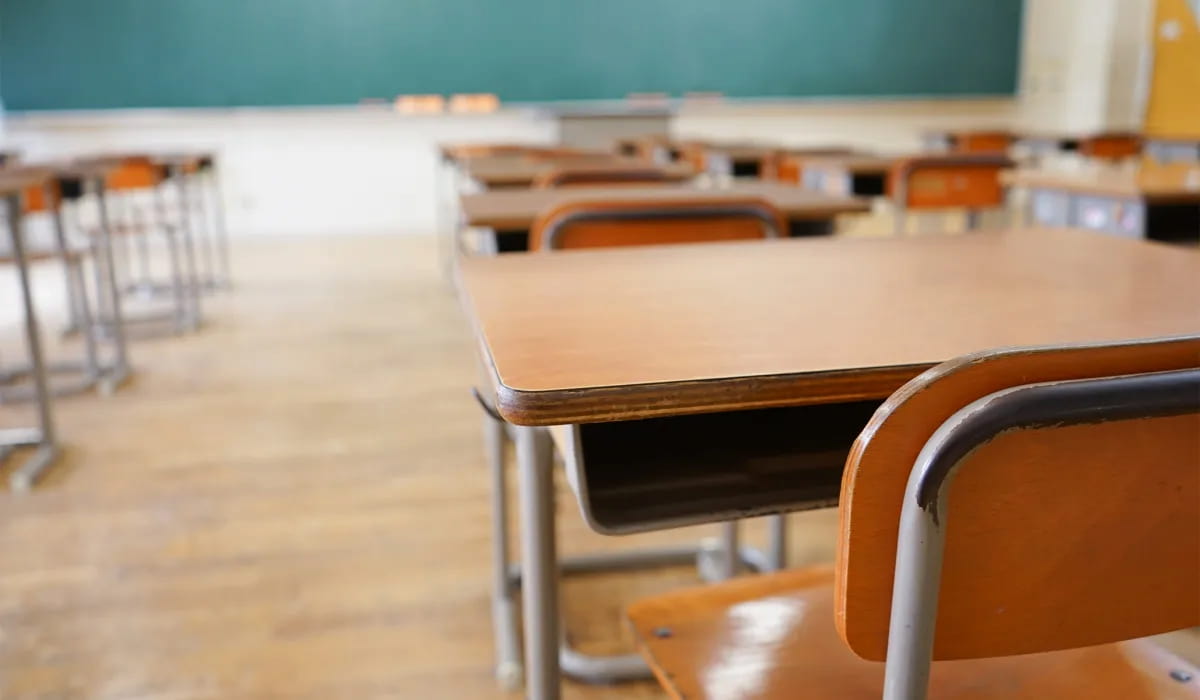
In this article, we’ll discuss the value of carefully selecting and arranging classroom furnishings in a forward-thinking school layout.
In light of the foregoing and other considerations, it is reasonable to assert that there exists a “trinity of essentials” for effective education: the expertise of the instructors, the motivation of the students, and the adequacy of the classroom itself.
When it comes to environmental comfort, architecture is one of the few disciplines that can deliver on all fronts, from practical design to high-caliber furnishings.
It is important to keep in mind these five guidelines when planning the layout of classrooms in the future:
Free areas for exercise and movement should be made available close to or even within classrooms to meet this need.
The need for exercise or physical activity can be alleviated even further by providing a space (this time with compact gym equipment) in which to work out.
Students, like workers in an office, should have access to multipurpose tables that can be used either while seated or standing.
Tables and chairs on wheels provide effortless, noiseless mobility. This benefit will be discussed in more detail later.
Areas conducive to the exchange of ideas, such as paper and chairs where students can jot down their thoughts and hold group discussions, are crucial.
When creating a classroom, it’s important to keep in mind a few broad guidelines.
Adaptability: to accommodate a wide range of instructional approaches.
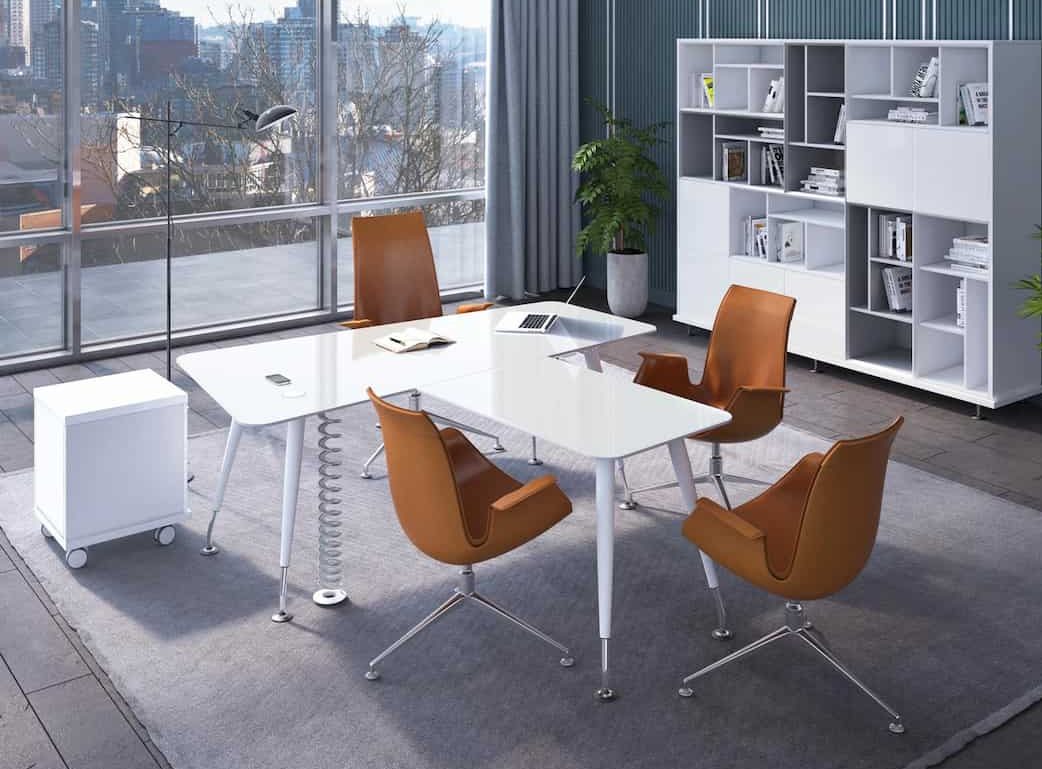
Effectiveness: sustainable solutions need to be well developed, and alternatives need to be long-term, just like any other designed environment. The adage goes that “cheap” usually ends up costing more in the end.
Ergonomics means designing for the person actually using the product. Everything needs to be scaled to the individual student (using age-appropriate standards) and take into account the various stages of human development.
For instance, there tends to be a significant age-related variation in things like a student’s ability to maintain focus for long stretches of time:
Children between the ages of 6 and 10 have an average attention span of 5 minutes.
Children aged 11 to 15 have an average attention span of 15 minutes.
16-20 year olds have an average attention span of 25 minutes.
Flexibility
In the past, there was only one possible classroom arrangement: the teacher at the front (either in a chair or at the board), with students in rows behind them taking notes.
There has been a rapid evolution of pedagogical approaches in recent years. Future-ready classrooms will require adaptability because lessons will be organized into rhythmic blocks.
Changes in the arrangement of desks and chairs are a part of this trend toward greater openness and participation in the classroom.
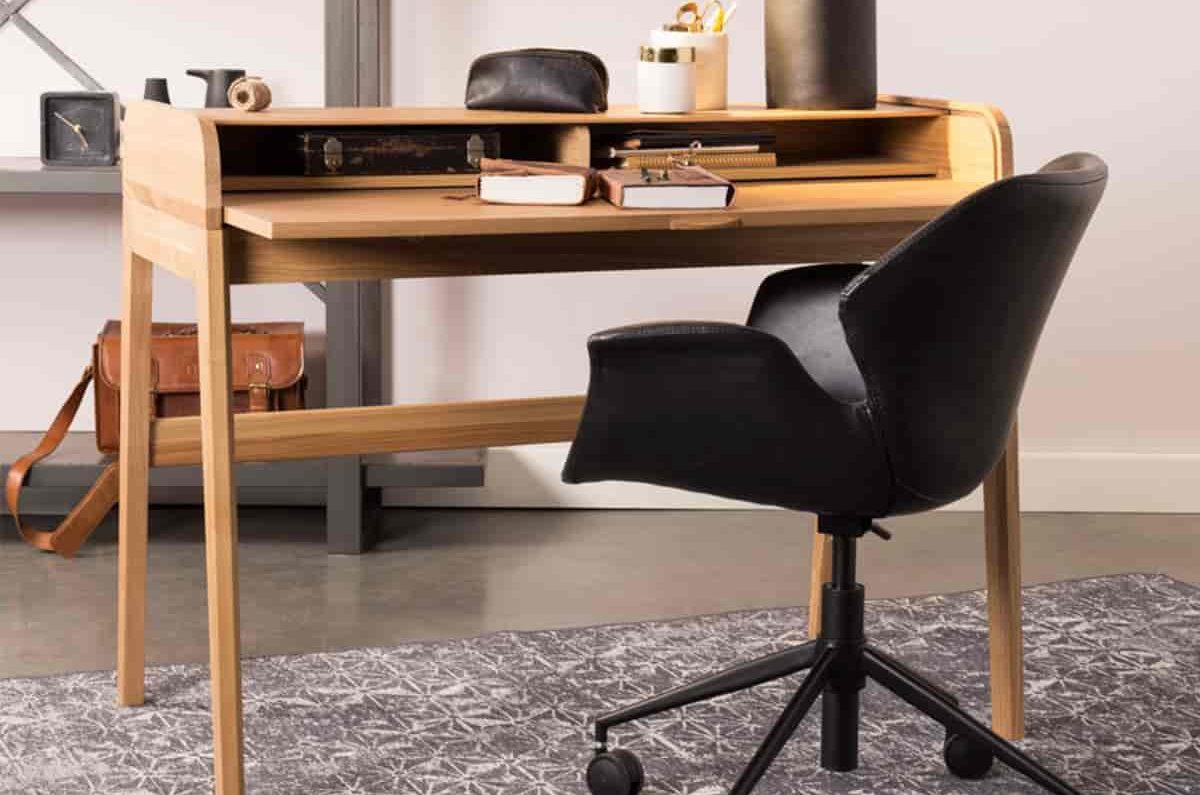
The student is at the center of 21st-century education, and the physical plant of schools must reflect this shift in emphasis.
The furniture should be adaptable so that it can be arranged in a variety of ways, making it possible to quickly and quietly accommodate any activity that might be proposed as part of the school’s curriculum.
Space-based opportunities that support innovative pedagogies include:
Places to focus solely on one’s own work. This is where having mobile partitions available could come in handy.
Rooms for displaying the instructor’s finished projects. To keep the attention of the students in this situation, modern technology can provide dynamic and interactive whiteboards.
Since traditional furniture is typically made of wood and is heavy and difficult to move, this clearly favors lightweight and easily transportable options.
Wheeled chairs are an excellent choice because they are both silent and quick.
In addition, they can be adjusted in height and rotation, making them more versatile than fixed desks, which can be uncomfortable for students who need to switch positions frequently.
Efficiency
On average, a student will spend the first eleven years of their lives sitting in a school chair for six hours a day.
When new students replace the old ones each year, it’s clear that investing in high-quality furniture is more cost-effective than opting for cheaper, lower-quality options.
Durability, strength, and ease of cleaning and maintaining the furniture should all be considered when furnishing a school.
The architectural work is usually done by the time the furniture is selected, and by that time, money is tight. Budget constraints should be anticipated and planned for ahead of time to ensure that adequate funds are available for purchasing necessary classroom furnishings.
Investing in high-quality furnishings sends a message of care to the end user (in this case, the kids). It follows that the kids would be encouraged to respect their surroundings more if they felt more at home there.
Another tip for choosing furniture is to take into account the range of ages represented in each classroom. These products, no matter how well-made they are, will be useless to some demographics of people.
Chairs in the classroom should not be identical to those in the library, cafeteria, or science labs, and vice versa.
Designers should keep in mind that most students will have their own electronic devices (laptops or tablets) and use those instead of traditional paper and pencils.
Therefore, they need to select tables with surfaces that are compatible with these devices, in addition to the usual supplies like pens, paper, and binders.

Ergonomics
Children today are taller (and have longer arms and legs) than they were 30 years ago, according to research conducted by FIRA (Furniture Industry Research Association) in the United Kingdom.
These factors have an important effect on ease of living. Many schools still use classroom furniture that was made for kids over 50 years ago, despite the fact that it is clearly not suitable for the needs of today’s students.
Rather than the other way around, the furniture should fit the children’s dimensions. They need to be comfortable to wear and conducive to good posture.
The needs of today’s students should be taken into account when designing classroom furniture for the schools of tomorrow.
The quality of the furniture (and its arrangement in interior spaces) has far-reaching effects on students of all ages, including but not limited to development and learning.
Only one in six students between the ages of 10 and 16 reported feeling completely comfortable in their posterior regions, according to the same FIRA survey.
In fact, this rate is even greater in preteens and teenagers. The selection of inclined tables and chairs is a significant first step toward resolving this issue.
Facilitates learning, gives students more agency and boosts their confidence. It will help students concentrate better and get work done more quickly.
Ergonomic improvements lead to less illness and more vitality, improving people’s quality of life.
More opportunities for innovation as a result of a more adaptable environment that provides more learning stimuli.
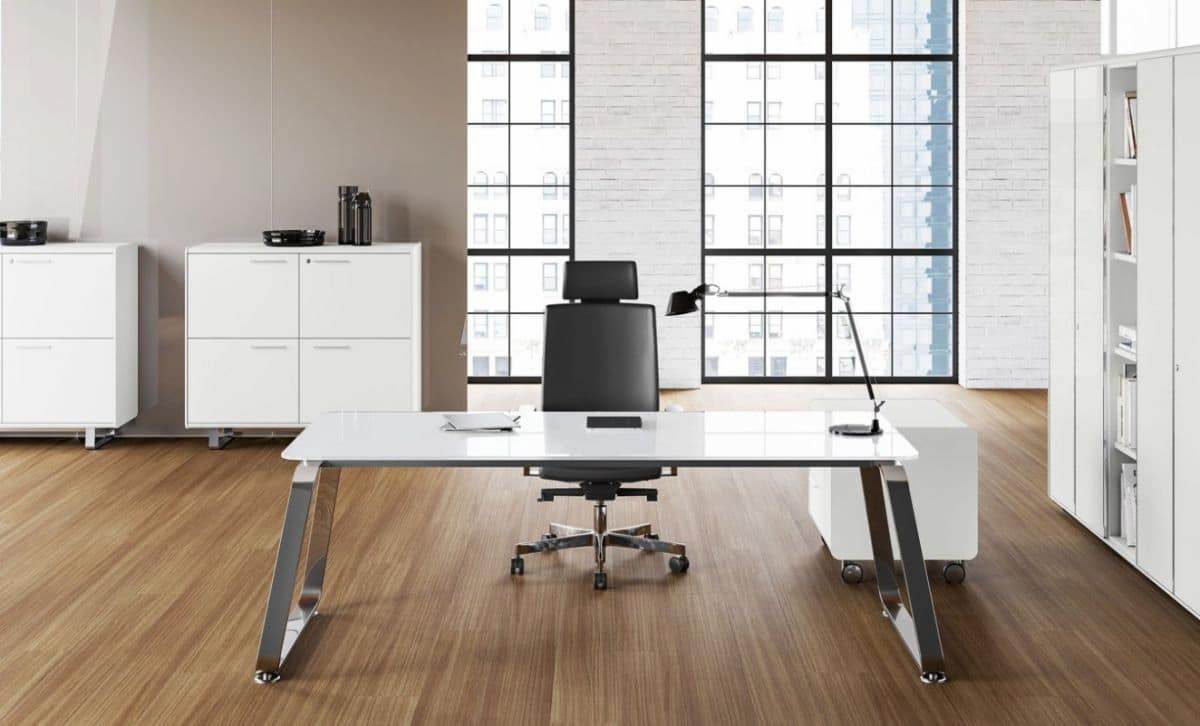
Instructing Personnel
Acceptance of a multi-faceted educational approach. The proposed activities can be more dynamic and appealing to students when the furniture anticipates design changes, making the teacher feel more at ease proposing such changes.
Students desire to feel at home in the classroom motivates them to work together, creating an environment that is more enjoyable and relaxing for everyone.
Purchasing high-quality furniture can be expensive up front, but it will pay off in spades in the long run. Each new piece of furniture should be able to serve its purpose for at least ten years.
More engagement and success occur when the design (and, by extension, the teaching) is adaptable to the needs of the students. It’s in everyone’s best interest to have something to look forward to each day at work.
Everyone benefits when schools purchase furniture that is well-suited to the needs of their students.
The cost of furniture is often overlooked during the planning stages of a building or renovation, but administrators and architects would be wise to rethink this assumption and consider investing in high-quality pieces from the get-go.
As we’ve seen, architects need to keep students in mind by designing schools with efficiency, ergonomics, and adaptability in mind.
Therefore, the school furniture of the future must be durable and comfortable for all users, in addition to being aligned with the needs of a more flexible didactic environment that allows for both free and guided movement.
